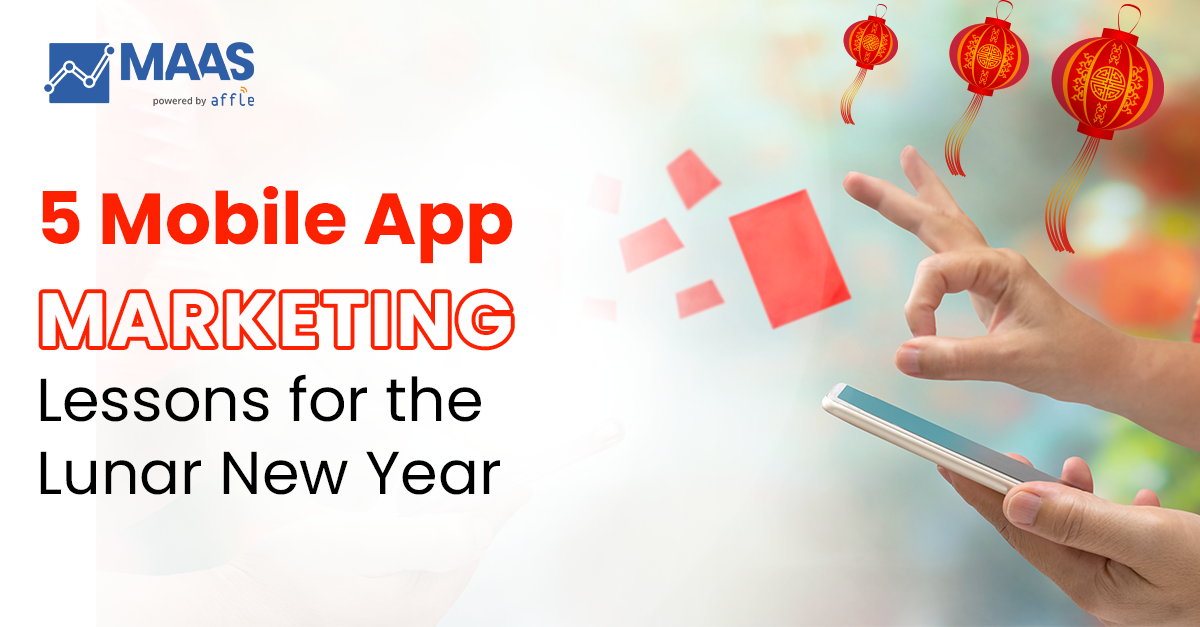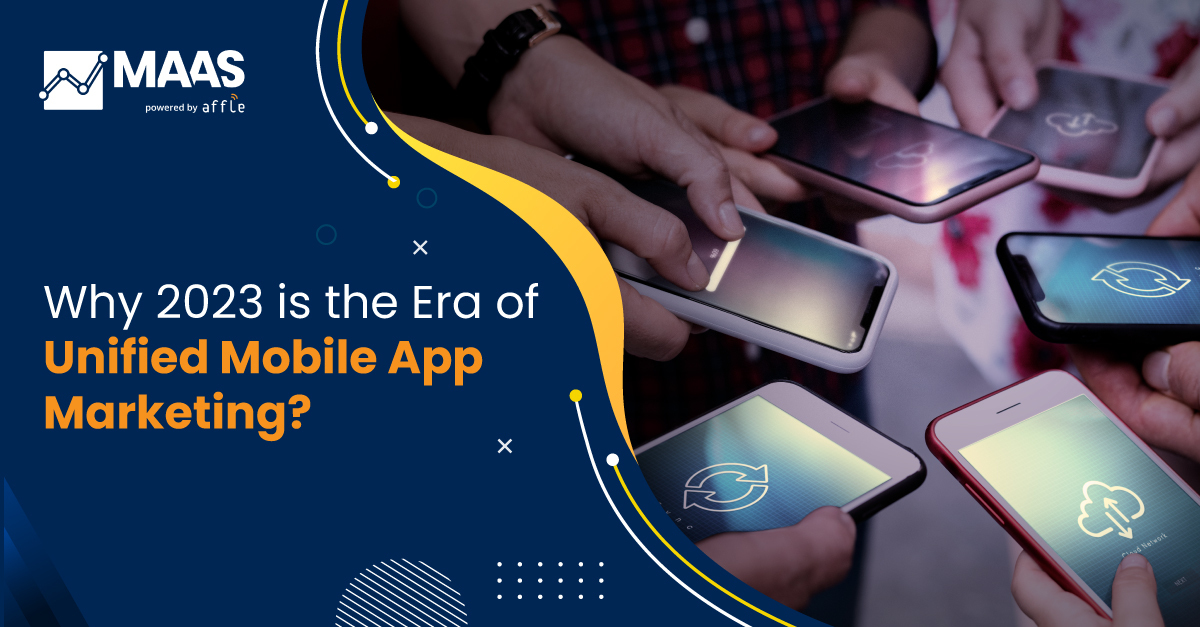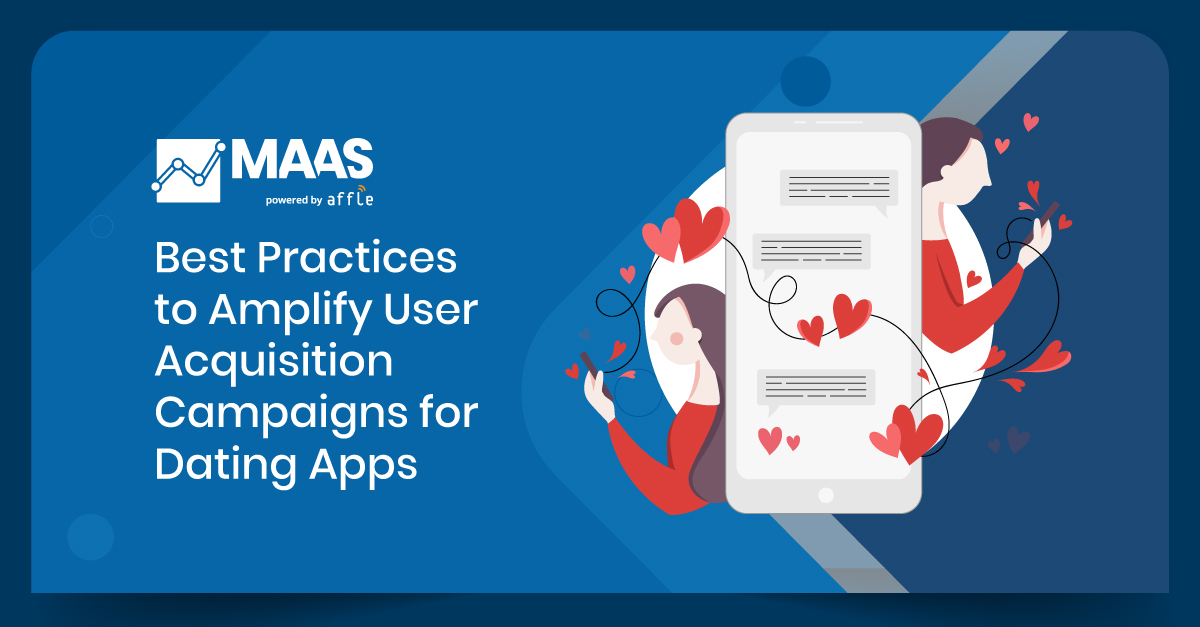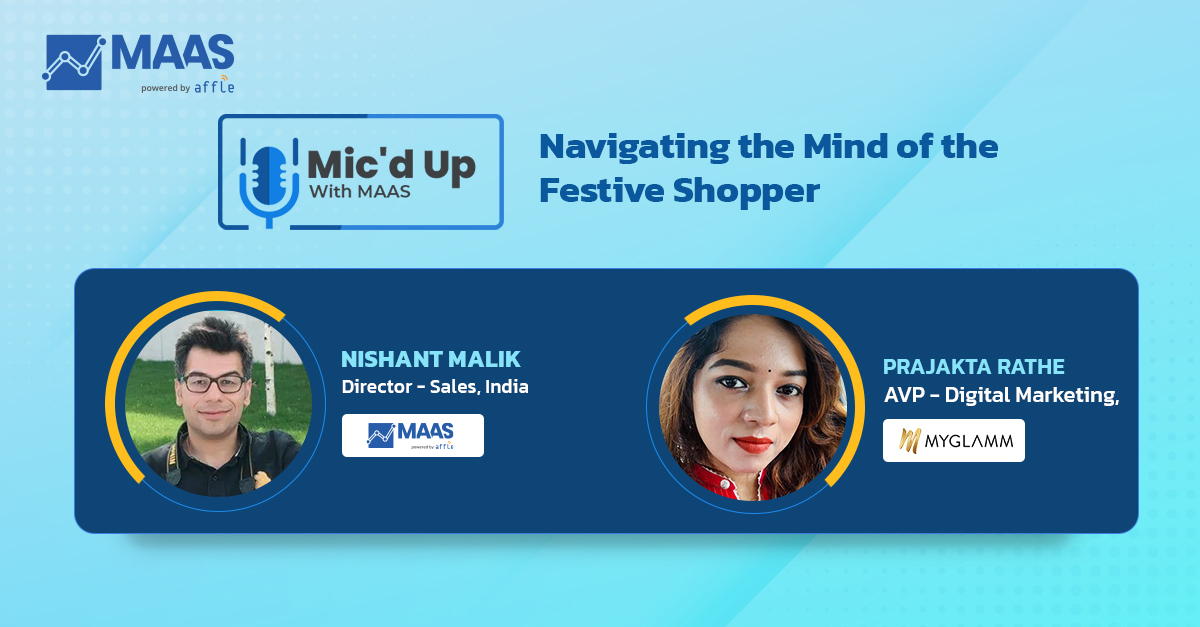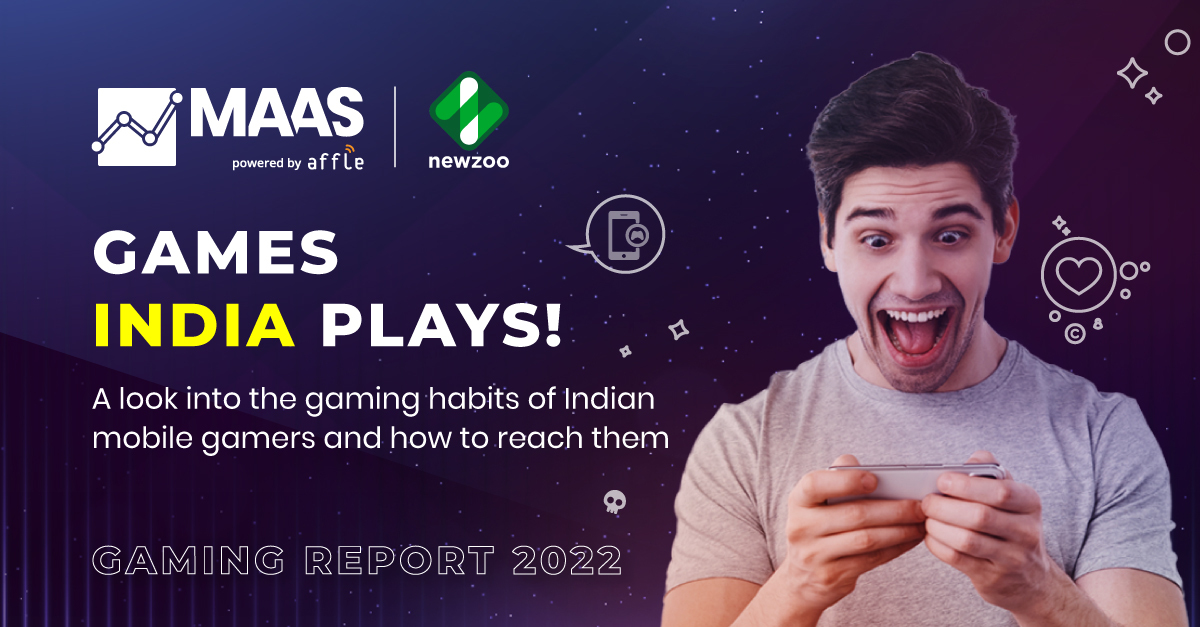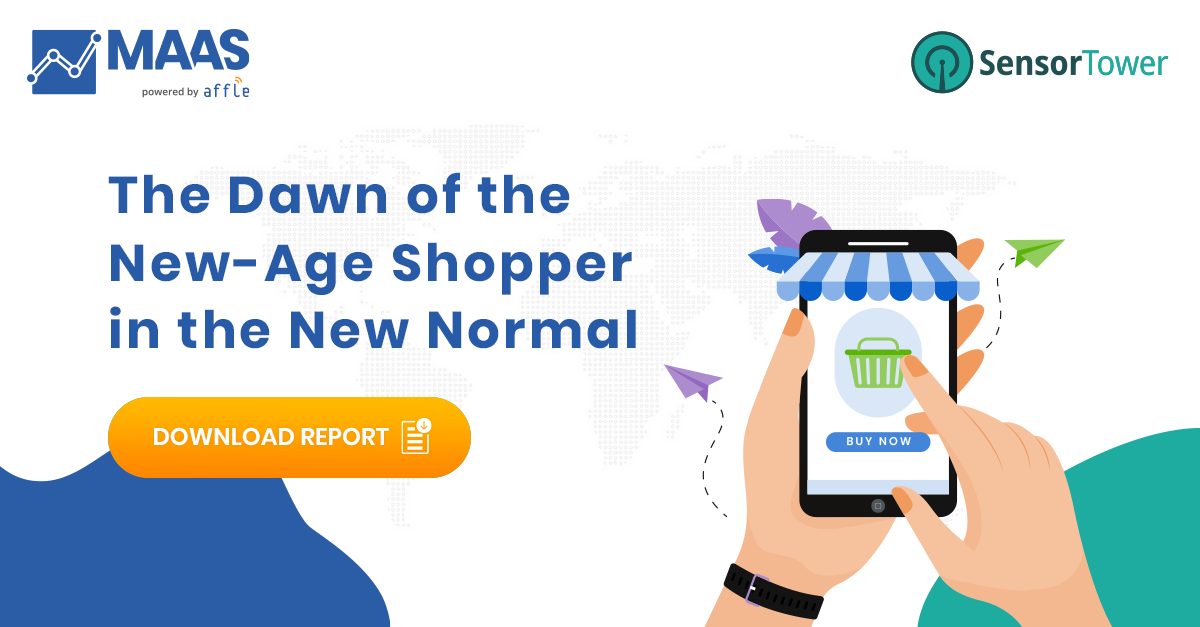2020 and App Economy: The Black Swan Event for AdTech and the Road Ahead
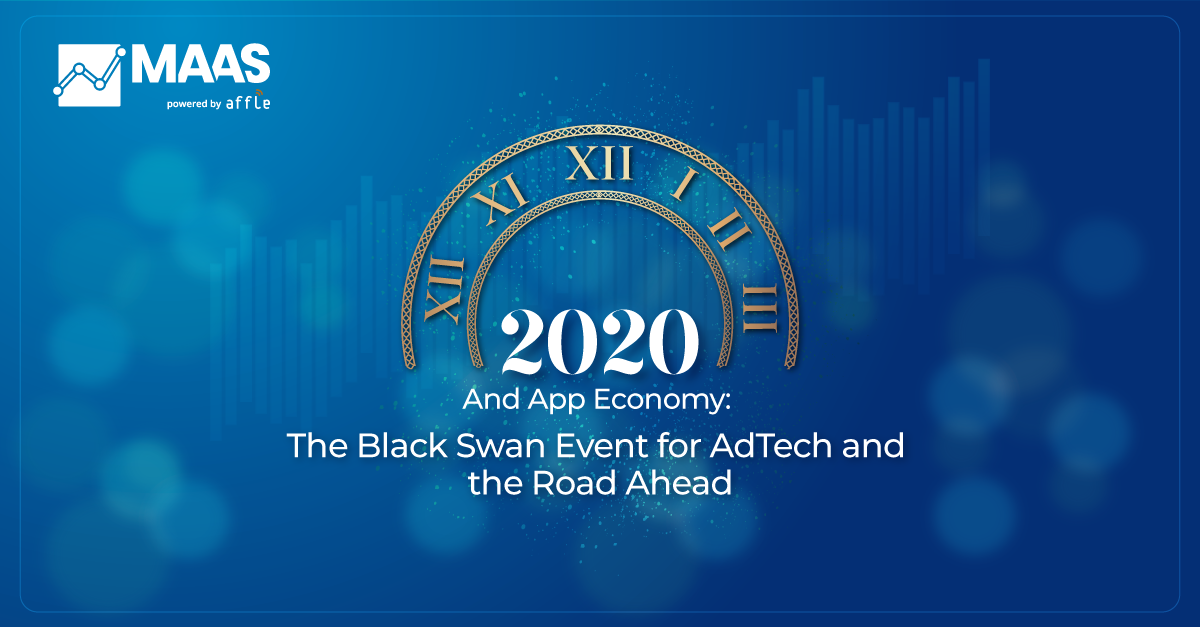
As 2020 comes to a close without a doubt it is safe to say that COVID-19 was the black swan event that has changed our everyday life as consumers, businesses, or societies en-masse. Despite several vaccines now out in record time of months rather than years, the world will never be the same again. While COVID has negatively impacted people’s lives to livelihood, the pandemic also accelerated digital transformation for individuals & businesses at large. Just like how the internet democratized access to information, COVID is likely to democratize access to opportunities as top talent need not now be in the same company, city, or even the same country.
“There’s an app for that!”
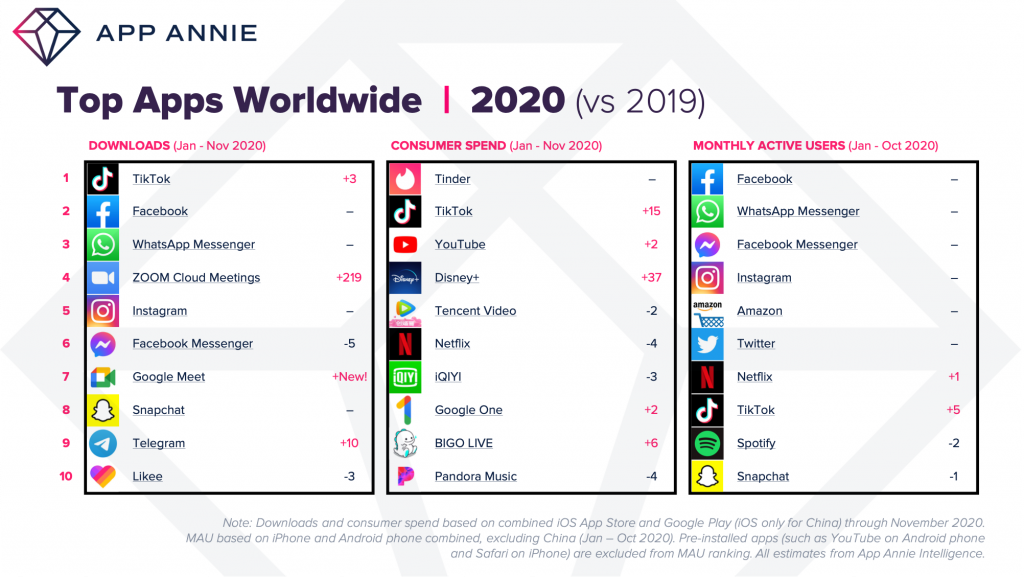
Source: App Annie 2020
As an industry observer, it has been amusing to see how several industries that were until now considered “Hi-Touch” became “Hi-Tech” overnight, starting as an app on your phone. As people were forced to stay indoors, they began to look for new ways to work, learn, and socialize in the “new normal.” Remember how Houseparty became a household name in the early months of the lockdown?! While some obvious sectors like travel and hospitality were hit hard, others such as education, entertainment, finance, and health and fitness got tailwind after March 2020. Mobile app downloads and installs for these app verticals reached new highs, cementing the place for mobile for both new and older generations. As users flocked to mobile-first and app-first channels, new opportunities for the app economy started to emerge.
“I have an app, I have installs…now what?”

A lot of industry sectors were already en route to becoming mobile-first, the current pandemic has accelerated the speed at which those changes happened. For many apps, the number of installs and user engagement grew exponentially, but does that translate into long-term growth? Is paid UA enough for an app’s success? And what does that mean for you as an app advertiser?
As an app marketer focused on user acquisition you would be getting inundated by big download reports across eCommerce, gaming, or FinTech, it is important to cut through the noise and focus on what your mobile marketing journey needs. The AdTech industry has been quick to come up with new 3-letter acronyms as it evolved through various phases of growth. Whether it is pricing metrics such as CPM, CPI, or whether it is the measurement of LTV, advertisers are inundated with new acronyms and jargon. But it is important to identify the right signals amidst all the noise and go back to the basics.
“Half the money I spend on advertising is wasted; the trouble is I don’t know which half!”

App marketing doesn’t have to be complicated, but with issues of attribution, insights, audiences, and transparency, advertisers more often than not are clueless about where to begin their acquisition journey and stay on track with the right tools. Finding the right UA partner, therefore, is critical to the app’s success. Before you embark on your acquisition journey it is key to reflect on your own current app evolution, measurement & attribution tools to the core target group challenges around ad fraud and privacy. The three most important pillars will be: Audience, Quality, and Insights. Instead of getting swayed to a new 3-letter acronym, in 2021 seek hygiene stuff from your partners, be it a real-time ONE dashboard for insights, transparency, or incrementality.
The pandemic emerged as a period of both challenges and opportunities, but it also is a good time to reflect on how the app economy will shape up. The AdTech industry has been stuck on Last-Click Attribution when the reality isn’t that. Installs or purchases happen in many ways, and ads are just one piece of the puzzle. It can be an ad, a particular product offer, word-of-mouth, or brand affinity. This is where multi-touch attribution and incrementality measurement come into play. Advertisers must begin to question what is the incremental value of each channel, which is as important as it gives an in-depth insight into the campaign performance and helps advertisers to plan their budgets better.
Using analytics for effective app marketing is crucial, but as we move into 2021, it will play an even greater role as data-driven advertising decisions take centerstage. However, as Einstein famously said, “Everything that can be counted does not necessarily count”. As a marketer you need to figure out what data is really relevant, that needs to be collected, stored, and then measured for your app. The arrival of iOS 14 and the subsequent changes to IDFA has already set the cat among pigeons on lookalike targeting and privacy. Contextuality, the environment in which the user is on their phone will play a bigger role than consumer profiling for better ad targeting. For e.g., if a user is in a lean-forward mode on their phone, which means they are doing something important or very much engaged in the content at hand, say like playing a game. Showing them an ad in that context will be a waste of effort or construed as an irritant, as against when they are in a lean-back mode and more relaxed for browsing.
Not all of these issues will be ironed out in 2021, and a single-player cannot change it as well, but it is important that these conversations are taking place, and we hope that some of them will see the light in 2021!
Godspeed and more strength to the app economy!




